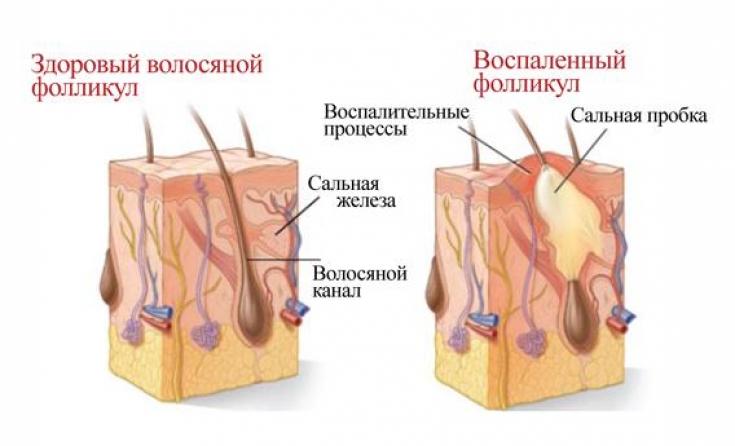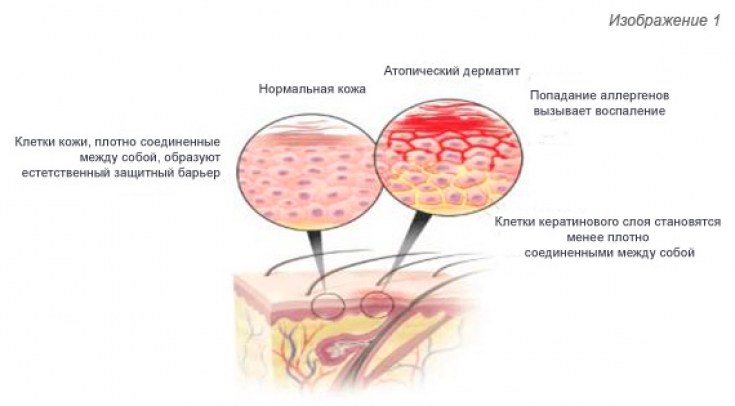For the treatment of diseases of the scalp accompanied by peeling, the use of combined agents is indicated - first of all, therapeutic lotions, ointments, creams and shampoos, the action of the components of which is aimed at exfoliating the keratinizing epidermis, as well as normalizing keratinization processes.
In addition, for scalp care during remission, it is advisable to recommend patients to use targeted shampoos with antimycotic and exfoliating effects.
External therapy for scalp diseases
Active additives, due to the introduction of which the desired effect is achieved, can be divided into separate groups according to the mechanism of action: antifungal, keratolytics, cytostatics, corticosteroids, antipruritic and anti-inflammatory drugs. Corticosteroids are commonly prescribed for seborrheic eczema and severe forms of seborrheic dermatitis.
The use of medicated shampoos, first of all, prevents the growth of fungi, slows down the rate of division of basal cells, reduces skin flaking, and reduces sebum production. To increase the effectiveness, several active substances are introduced into the composition of medicated shampoos, which act on the mechanisms of enhancing desquamation.

Salicylic acid, papain, glycolic acid are used as keratolytics. These components have the properties to regulate the process of keratinization of basal epidermocytes, slowing down the rate of their division: zinc pyrithionate, selenium disulfide, octopirox, ciclopirox, ichthyol, tar, sulfur.
Scalp care for dermatoses
The basis of scalp and hair care is keeping them clean.
1. Soaps and shampoos with anionic surfactants are not recommended as they cause the hair cuticle scales to swell, making the hair tangled and difficult to comb.
2. You should not use a hair dryer, as this leads to increased sebum secretion, and also do hairstyles by combing your hair in an unnatural direction for them and pulling them in certain areas.
3. Hair dyes during the period of exacerbation of inflammation of the scalp are strictly prohibited for use.

Treatment of fungal diseases of the scalp
Among the many antifungal agents intended for topical use, when choosing them as part of shampoos, preference is given to those that can accumulate in the epidermis, as well as those that have anti-inflammatory and keratoregulatory effects.
Of the antifungal drugs that meet these requirements, ketoconazole, clotrimazole, climbazole, miconazole, ciclopirox, piroctonolamine, selenium disulfide, pyrithionate and zinc thiosalicylate are used.
Chronic dermatoses of the scalp: how to distinguish and how to treat?
The most common ingredient in medicated shampoos is ketoconazole. The main mechanism of action of ketoconazole — violation of the synthesis of ergosterol membrane, which provides a fungistatic effect.
Ketoconazole-based shampoos are safe and allow you to create a high local concentration of antimycotic in the area of skin and hair lesions. However, in some cases, there is tolerance for it.
Ketoconazole is used as part of preparations in the form of shampoos "Nizoral", "Sebozol", "Dermazol", "Kenazol", "Keto plus" and others.
In addition to antifungal medicinal substances, cosmetic elements are effectively used in shampoos.
Features of the active elements of medicated shampoos
Zinc pyrithionate – has moderate fungistatic activity, pronounced antimycotic, antibacterial and anti-inflammatory properties, in addition, it inhibits the growth of gram-positive and gram-negative bacteria.
Three main modern methods of treating psoriasis?
The exact mechanism of the anti-inflammatory action of zinc salts has not yet been fully understood. Zinc is thought to decrease the release of inflammatory mediators interleukin 1 and interleukin IV.
A number of researchers claim that zinc levels are reduced in most dermatoses in the epidermis and papillary dermis.
Ciclopirox - has a fungicidal effect on fungi of the genus Malassezia ciclopirox 3 minutes after the start of contact
Birch tar - is a product of dry distillation of a part of the birch bark, has a disinfectant, insecticidal and local irritant effect due to the content of phenol, toluene, xylene, resins and other substances.
Tar and ichthyol, which are keratore-reducing agents, normalize the cell renewal cycle and have a moderate antifungal effect. Tar is also known to reduce keratinocyte proliferation and reduce infiltration.
How to choose an effective treatment for athlete's foot?
Side effects include increased photosensitivity, and given its applicability in outpatient settings and in particular in cosmetology, a characteristic odor and a tendency to slightly orange hair color should be noted, which limits its use.
Salicylic acid - inhibits the secretion of sebaceous and sweat glands.
Salicylic acid in low concentrations, it has keratoplastic, and in high concentrations – keratolytic action.
Salicylic acid has a weak antimicrobial activity, along with tar, it is involved in the process of exfoliating cells from the skin surface.
Traditionally, for the treatment of chronic dermatoses accompanied by peeling, combined prescription prescriptions containing salicylic acid with antimicrobials are used.
The use of extracts from medicinal plants, including essential oils, which have a whole range of actions, is quite effective. So, essential oils of cypress, juniper, rosemary, eucalyptus, tea tree, cajuput have antifungal, anti-inflammatory and antipruritic effects, and also slow down the division of keratinocytes.
Modern approaches to the treatment of vaginal candidiasis?
When the pathological process is localized in the scalp area, the most convenient form of treatment and care is the use of a therapeutic shampoo, which should solve certain problems.
Requirements for medicated shampoos:
1. Inhibit the growth of yeast.
2. Eliminate desquamation
3. Have anti-proliferative action.
Neither monographic preparations (tar, salicylic acid, selenium sulfide, zinc pyrithione, sulfur), nor non-monographic preparations (climbazole, octopirox, ketoconazole) are able to solve all the tasks individually.
In recent years, a wide variety of therapeutic shampoos have appeared on the pharmacy shelves, which are created taking into account the characteristics of the nature of the lesion of the scalp, the type and condition of the hair (dry, normal, oily, dyed, etc.).
In order for the treatment to be not only effective, but also to provide a sustainable effect, it is necessary to follow the instructions for using the drug.
First of all, this concerns the exposure time, otherwise the active ingredients of the shampoo will not be able to provide the desired effect. Active dandruff treatment lasts 3-6 weeks, after which shampoos should be gradually discontinued.
Thus, the appointment of care for the scalp in patients with chronic dermatosis should be differentiated, pathogenetically justified, which is of great practical importance in the case of long-term therapy in order to prolong the period of remission and improve the quality of life of patients.







Add a comment